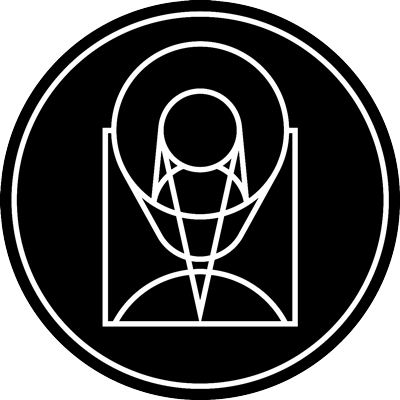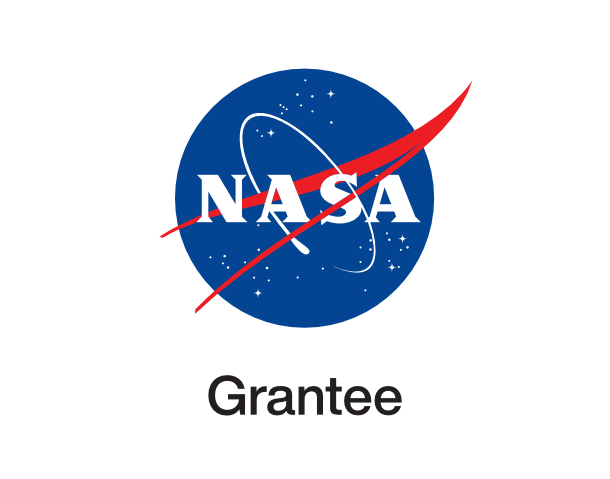Supernova Remnant LMC N132D

stsci_2009-25ad September 9th, 2009
Credit: NASA, ESA, and the Hubble SM4 ERO Team
The supernova remnant, called N132D, resides in the Large Magellanic Cloud, a small companion galaxy of the Milky Way located 170,000 light-years away. The wispy, glowing, magenta structures in this NASA Hubble Space Telescope image are the remains of a star 10 to 15 times the mass of the Sun that we would have seen exploding as a supernova 3,000 years ago. The remnant's fast-moving gas is plowing into the surrounding gas of the galaxy, creating a supersonic shock wave in the surrounding medium and making the material glow. The Hubble visible-light image reveals, deep within the remnant, a crescent-shaped cloud of pink emission from hydrogen gas and soft purple wisps that correspond to regions of glowing oxygen. A dense background of colorful stars is also visible.
Provider: Space Telescope Science Institute
Image Source: https://hubblesite.org/contents/news-releases/2009/news-2009-25
Curator: STScI, Baltimore, MD, USA
Image Use Policy: http://hubblesite.org/copyright/

- ID
- 2009-25ad
- Subject Category
- C.5.1.6 C.4.1.4
- Subject Name
- N132D (SNR J052501-693842)
- Credits
- NASA, ESA, and the Hubble SM4 ERO Team
- Release Date
- 2009-09-09T00:00:00+00:00
- Lightyears
- 170,000
- Redshift
- 170,000
- Reference Url
- https://hubblesite.org/contents/news-releases/2009/news-2009-25
- Type
- Observation
- Image Quality
- Good
- Distance Notes
- 170,000 light-years (52,000 parsecs)
- Facility
- Hubble, Hubble, Hubble, Hubble, Hubble
- Instrument
- ACS, ACS, ACS, WFC3, ACS
- Color Assignment
- Blue, Green, Orange, Grayscale, Red
- Band
- Optical, Optical, Optical, Optical, Optical
- Bandpass
- g, y, Halpha+[N II], [S II], z
- Central Wavelength
- 475, 550, 658, 673, 850
- Start Time
- 2004-01-21T00:00:00, 2004-01-21T00:00:00, 2004-01-21T00:00:00, 2009-08-02T00:00:00, 2004-01-21T00:00:00
- Integration Time
- Dataset ID
- Notes
- A
- Coordinate Frame
- ICRS
- Equinox
- J2000
- Reference Value
- 81.2583276, -69.6421285
- Reference Dimension
- 3650.0, 3105.0
- Reference Pixel
- 1826.0, 1553.5
- Scale
- -1.37883e-05, 1.3788302e-05
- Rotation
- -137.63
- Coordinate System Projection:
- TAN
- Quality
- Full
- FITS Header
- Notes
- WCS retrieved using CXCs PinpointWCS
- Creator (Curator)
- STScI
- URL
- http://hubblesite.org
- Name
- Space Telescope Science Institute Office of Public Outreach
- outreach@stsci.edu
- Telephone
- 410-338-4444
- Address
- 3700 San Martin Drive
- City
- Baltimore
- State/Province
- MD
- Postal Code
- 21218
- Country
- USA
- Rights
- http://hubblesite.org/copyright/
- Publisher
- STScI
- Publisher ID
- stsci
- Resource ID
- STSCI-H-p0925ad-f-3650x3105.tif
- Resource URL
- https://mast.stsci.edu/api/latest/Download/file?uri=mast:OPO/product/STSCI-H-p0925ad-f-3650x3105.tif
- Related Resources
- http://hubblesite.org/newscenter/archive/releases/2009/25
- Metadata Date
- 2022-07-06T00:00:00
- Metadata Version
- 1.2
Detailed color mapping information coming soon...



















